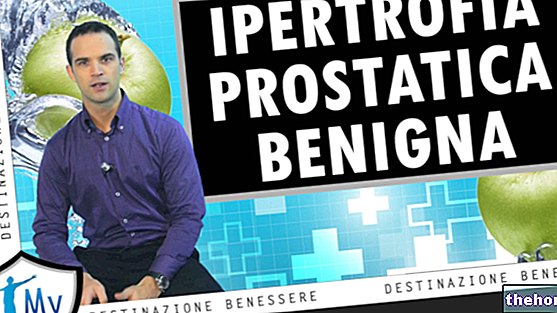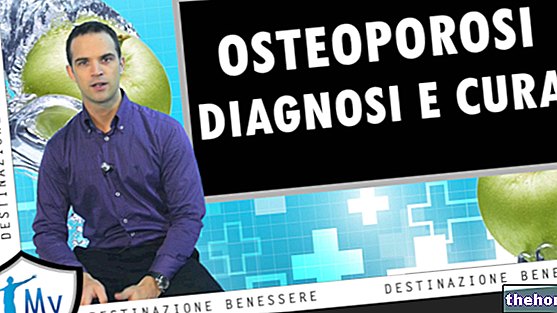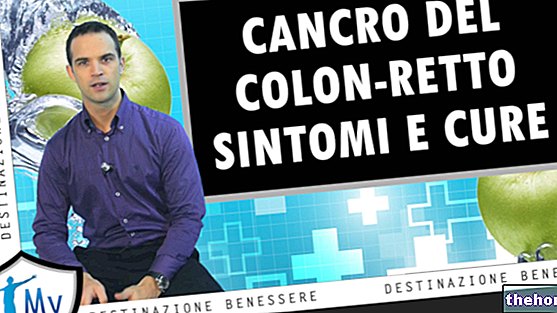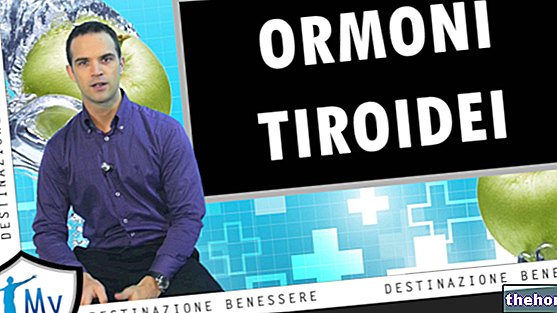Heartburn, acid regurgitation, difficult digestion; these could be the signs of a "hiatal hernia. Let's see together what it is.
In medical language we speak of a hernia whenever an organ, or tissue, comes out of the body cavity that hosts it. Specifically, in the case of a hiatal hernia, part of the stomach protrudes from the abdomen and goes up into the chest. Chest which is separated from the abdomen by the diaphragm muscle; therefore, the herniated portion of the stomach has to cross the diaphragm and does so at a specific point, called the esophageal hiatus. Before going on, let's try to better clarify these concepts through a brief anatomical recall. As we have said, under normal conditions the stomach is located in the abdomen. The abdomen is separated from the upper part of the chest by a muscle, the diaphragm. It is a large, flat and broad muscle, similar to a dome, which allows breathing. In the diaphragm there are various openings that allow the passage to vessels, nerves and other structures, which lead from the thoracic cavity to the abdominal cavity and vice versa. One of these openings, called the esophageal hiatus, allows the passage of the esophagus. The walls of the esophageal hiatus are particularly narrow and adherent to the esophagus, precisely to prevent the stomach from sliding inside the chest. Sometimes, however, it can happen that the hiatus ends up relaxing or dilating, letting a more or less portion rise up. wide stomach. Thus appears the hiatal hernia, which can be accompanied by various ailments, first of all a strong burning sensation in the pit of the stomach.
The various forms of hiatal hernia can be divided into three main types: sliding hernia, rotation hernia and mixed hernia. The first, that is, the sliding hernia, is certainly the most frequent. Especially widespread among obese or overweight people, it is in fact present in about 90% of cases. In the sliding hernia, the part of the stomach that goes up into the thorax is that of the passage between the esophagus and the stomach; this border region is called the gastroesophageal junction or cardia. Once the cardia rises upwards, being no longer compressed by the hiatus and undergoing a misalignment with respect to its natural position, it loses its function. Consequently, the cardia is no longer able to effectively prevent the ascent of the acid content of the stomach in the esophagus. Thus appears the famous gastroesophageal reflux. The second type of hiatal hernia, that of rotation or paraesophageal hernia is rarer, but also more dangerous. In this case, the stomach and esophagus remain stationary in their natural positions , while the bottom of the stomach, ie the upper part of the organ, rolls upwards passing into the chest. In these cases, the cardia remains below the diaphragm and continues to function regularly. Gastroesophageal reflux is therefore absent, but there are other far more fearful complications. For example, the blood supply to the stomach can be compromised, while if the herniated portion is very large it can even compress the heart and lungs. The third and last case is that of mixed hernia, a type of hiatal hernia which, as can be predicted from the name, has the characteristics of both the previously described forms.
As for the causes, we can observe that the hiatal hernia often rhymes with age and obesity. In fact, the natural aging processes cause the tissues, including those of the diaphragm, to lose tone and elasticity. Not surprisingly, the hiatal hernia is more common among the elderly. However, the weakness of the esophageal hiatus can also depend on a congenital problem, that is, present from birth. We must not forget that the increase in abdominal pressure also favors the onset of hiatal hernia. For this reason, women during pregnancy, people who are very overweight, people suffering from chronic cough or those suffering from a severe abdominal trauma Finally, smoking, prolonged physical exertion and wearing too tight clothing can predispose to the onset of a hiatal hernia.
Some people can suffer from a hiatus hernia without experiencing any symptoms or discomfort. In other cases, the hernia can instead be the cause of more or less serious disorders, mainly related to gastroesophageal reflux. The rise of the acidic stomach juices causes irritation of the mucous membrane of the esophagus, causing pain and burning behind the breastbone and the "pit of the stomach." The reflux is also accompanied by acid regurgitation, intense salivation, hoarseness, nausea and sudden episodes of tachycardia . All these symptoms tend to worsen during physical exertion, especially when on a full stomach, or when lying down or bending down, for example to tie a shoe. Untreated long-standing reflux can cause narrowing and bleeding of the esophagus. , also increasing the risk of esophageal cancer.
Doctors mainly use two tests to diagnose hiatal hernia, which are upper gastrointestinal x-rays and gastroscopy. The x-ray is done after ingesting a barium-based contrast agent; esophagus, stomach and upper part of the small intestine. Gastroscopy, on the other hand, is an endoscopic examination that involves the use of a thin flexible tube, at the top of which is a camera. This special tool is inserted into the mouth and made to go down to the esophagus and stomach. In this way, gastroscopy allows you to visually appreciate the hiatus hernia and any damage caused by gastroesophageal reflux.
The hiatal hernia is an anatomical alteration; being such it can therefore only be corrected through surgery. Medicines, in fact, can be useful for relieving symptoms and disorders, but obviously they cannot reposition the stomach in its natural place.Particularly useful are all those drugs that reduce stomach acid secretion, allowing the mucous membranes of the esophagus to regenerate. This is the case, for example, of omeprazole, lansoprazole or other proton pump inhibitors. In association with these drugs, prokinetics can also be prescribed to accelerate gastric emptying. As far as surgery is concerned, today it is performed mostly laparoscopically; it is a minimally invasive technique that involves the insertion of micro-cameras and thin surgical instruments through five or six very small incisions made on the abdomen. In this way the surgeon can reposition the leaking part of the stomach and reconstruct or narrow the esophageal hiatus to prevent new herniations.
In association with drugs or while waiting for surgery, diet and some behavioral rules play a leading role as always. First of all, it is important to avoid foods that increase acidity and acid reflux in the esophagus, such as coffee, chocolate, high-fat foods and alcohol. We have also seen that obesity and overweight are conditions that increase pressure on the abdomen. Therefore, it is advisable to have a balanced diet and avoid large For the rest, tight-fitting clothing or particularly tight belts at the waist should be avoided, while after a meal you should let at least 2 or 3 hours pass before going to bed or doing heavy work.




























